
Contents
H eres the part well get sued for if we dont include: There are some serious hazards to carrying out many of these projects at home. For example, were you to wear edible caramel lingerie (chapter 1) while flaming up a beer-can stove (chapter 8), you might end up with a bikini wax you didnt plan for. Needless to say, beas they say in Oakland helluv careful while wielding blowtorches and tossing about frozen carbon dioxide. Wed like to be responsible for your fun but not your shattered fingers!
T his is a handbook for extreme comestible creativity. After all, scientists are the ultimate cooks. Techies, tinkerers, and do-it-yourself home improvers tend to figure out how to cook the same way they solve other problems: Whether theyre creating a meringue pie or a megaphone, they are inventive, resourceful, daring, and determined. When Hungry Scientists gather in the kitchen to collaborate on contraptions and cuisine, no tools, equipment, or ingredients are off-limits.
This book is a guide to turning your kitchen into a lab and a workshop. It includes instructions for making some of the most delectable inventions weve come across. We know, however, that inventors have no qualms about departing from rules. We hope this book inspires you to concoct and construct even bigger and bubblier creations. Itll be hard to top the likes of these projects (witness the modular pecan pie, chapter 18), but we suspect youve got the brains to do it.
The Hungry Scientist Handbook started with a dinner party that the two of us threw a few years ago. Patrick, a mechanical engineer working in the medical department at Lawrence Livermore National Laboratories in Californias Bay Area, invited twenty friends and colleagues into his small bachelor pad to eat a sumptuous meal. Kaori Kuribashi, a scientist visiting from Japan who was developing prototypes of shape-memory alloy devices that are used to repair collapsed arteries, inspired the occasion. At the time, Patrick was working on similar devices made from shape-memory polymers at his lab. The goal of the evening was to toss around their ideas with a group of like-minded scientists and gadgeteers.
Lilyone of Patricks oldest and closest friends, an avid cook, and, at the time, a cookbook editorengineered a dinner to sharpen the guests minds and raise their spirits. And what a meal she invented. By the end of the evening, as the last of the succulent roasted fowl (see chapter 11 for a creative roasting contrivance) was picked from its platter and a postprandial satiation quieted the brainiac discussion, the Hungry Scientist Society had been born.
After the success of its first gathering, the Hungry Scientist crowd grew and multiplied. Joined by local foodie members of the burgeoning DIY Web site www.instructables.com, we had more dinner parties to discuss inventions, where the food started to become the projects in question. We noticed our friends unusually strong interest in not only teaching themselves how to cook but also in cooking outrageously ambitious dishes. Sometimes they were imaginatively resourceful, creating, for instance, whole meals for less than a dollar. Often they took making dishes from scratch to a whole new level (see bread made from wild yeast, chapter 15, or wine from pomegranates, chapter 16). All the projects exhibited a certain set of common chromosomes: wild creativity, humor and playfulness, and serious smarts.
This book is a collection of the best recipes for gadgets and schematics for food that weve encountered so far. Whether theyre edible or not, we think all of the projects are irresistible. Trust us. Were geeks, and were food people.
This is our manifesto: Gadgeteering and gastronomy are about having fun. They are community crafts based on both ancient principles and new technologies. To people like us, who have chronic attention deficit and live frenetic lives, these are all important things, and we think they deserve celebration. We put out an invitation through that milk-bottle megaphone (chapter 10) to bring more ideas to the table, and the projects that follow are what came in. The kitchen is infinite, friends. This book is just the beginning.
Join us at the table and share your own projects at
www.hungryscientist.com

Photograph by David Picard
We had purely scientific intentions when we went into development for an edible lingerie prototype . Seriouslyhavent you ever wondered how a chocolate thong works ? We asked our fashionista-inventor friend Jenna Phillips if she knew how to go about designing undergarments suitable for salivation and mastication. Needless to say, we were very pleased by her invention .
C aramel candy is formed by caramelizing sugar, or heating it until the sucrose molecules break down into different compounds, which become darker in color and toastier in flavor the longer theyre cooked. The more you heat, let cool, and reheat the caramel, the stronger it will becomethough you probably shouldnt count on this lace holding up all night. Then again, its not really meant to last.
Equipment
10-inch plastic-coated icing bag
A variety of small-opening decorating tips for icing
Wax paper or silicone mats
Lingerie, to use as template
Felt-tip pen
Ingredients
1 stick butter
1 1/8 cups light brown sugar
cup dark Karo syrup
cup condensed milk
tsp vanilla extract
[ MONSIEUR MAILLARD ]

Photograph by Louis Camille Maillard Organization (public domain)
Caramels flavor is deepened by adding milk to the mix. When carbohydrates (sugar) are heated with the amino acids in protein molecules (milk), they undergo whats known as the Maillard (my-ARE) reaction. It is typically responsible for the browning that occurs in savory foods such as roasted meat, bread crusts, dark beer, coffee beans, and chocolate, giving them their toasted flavors and aromas. We wager that it contributes to the complex, deeply sensual character of this confection.
So, we dedicate this project to the French physician and biochemist Louis-Camille Maillard, discoverer of the browning reactions that bear his name. Among other topics, he researched the chemical origins of the different ways foods taste when theyre cooked. Were Maillard still around today, wed love to engage him in our edible lingerie research.
[ TIPS FOR MAKING CARAMEL ]
Caramel is best made in a cool, dry atmosphere. Sugar is hygroscopic, which means it pulls moisture from the air, causing the caramel cooking time to increase and take longer to set up. If its made on a rainy or humid day, the concoction will absorb so much water that itll turn to syrup rather than viscous caramel.
To create a template, stretch a piece of lingerie out over a sheet of wax paper and trace its outline with the felt-tip pen. Fold the paper in half to check that its shape is symmetrical. Attach the smallest tip to the nonstick icing bag and set aside.

Illustration by U.S. Patent Office (public domain)
To concoct the caramel, combine the butter and sugar in a double boiler or a heavy-bottomed pan. Add the Karo syrup and evaporated milk. Stirring constantly, cook over low heat until the mixture starts to thicken. Test the thickness by spooning threads of it onto a piece of wax paper. After it cools for 5 minutes, the caramel should be pliable, but not too liquid; runny enough to pass through the small tip of the icing bag but thick enough to hold its shape.

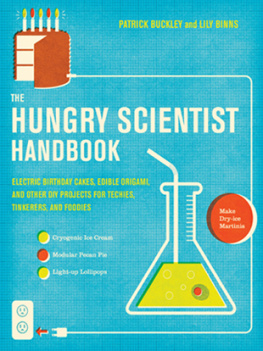
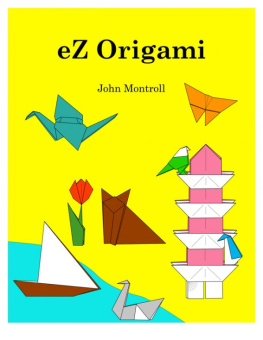
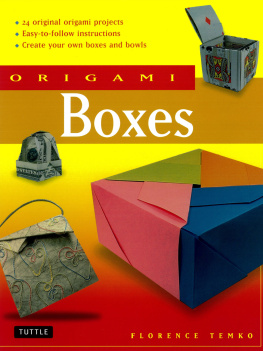
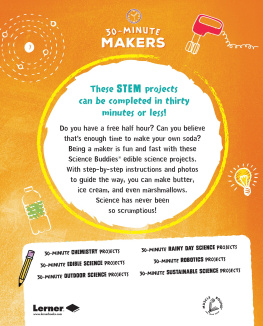
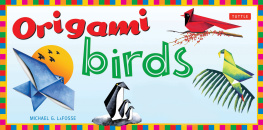
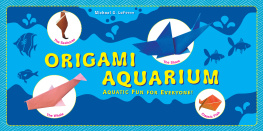
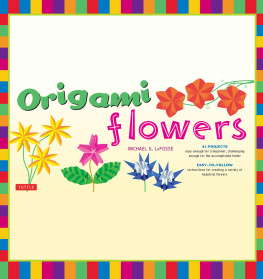
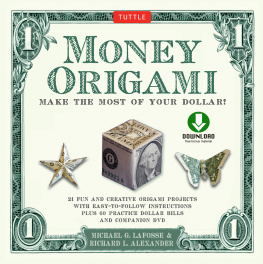
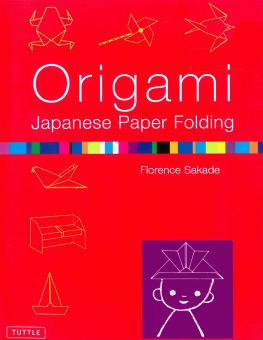
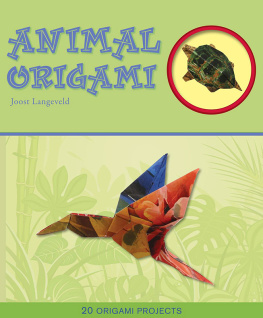
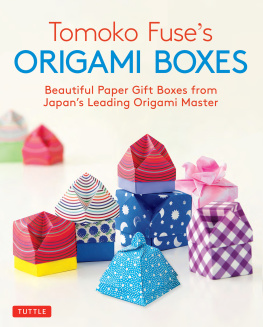
![Marcia Joy Miller - Origami for Busy People: 27 Original On-The-Go Projects [Origami Book, 48 Papers, 27 Projects]](/uploads/posts/book/151502/thumbs/marcia-joy-miller-origami-for-busy-people-27.jpg)




